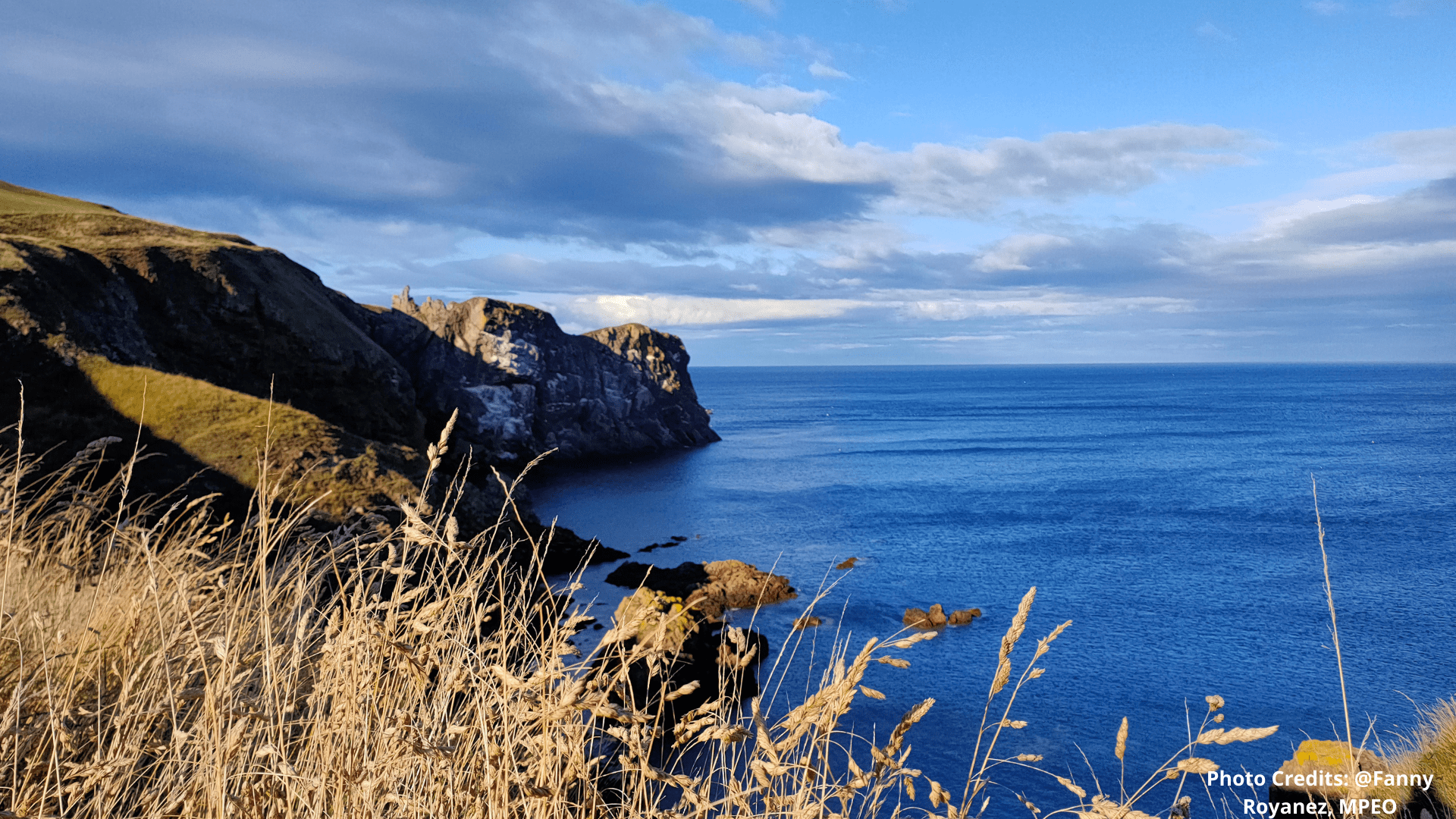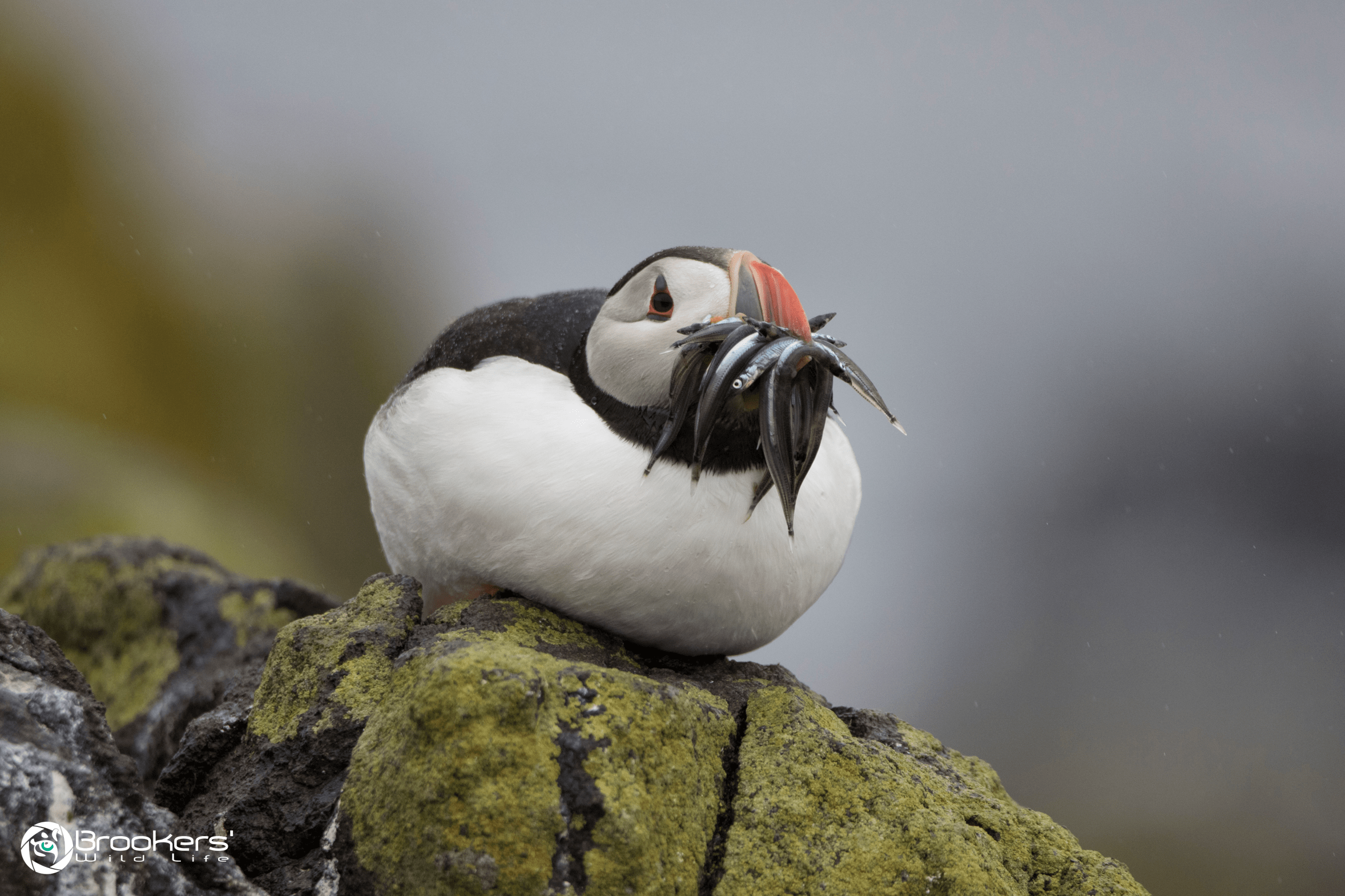Meeting commitments to protect at least 30% of Scottish seas for ecosystem recovery by 2030

Evidence is growing to show that the health of Scotland’s seas has been in decline for some time. Seabed habitats are a shadow of what they once were, fish stocks have dwindled, and coastlines are changing due to the impacts of climate change. By law our seas should have been in ‘Good Environmental Status’ by 2020 (seas are healthy and productive and resources are being used at sustainable levels), but unfortunately all governments across the UK failed to achieve this for 11 out of 15 indicators. And that’s not to mention the bigger picture that this is a worldwide trend, with the earth now widely recognised as being simultaneously in the midst of a climate emergency and nature crisis – a de facto ocean emergency. Arguably we now need to go further than GES.
However, there is hope in Scotland that at least some of this environmental change can be reversed. Welcome commitments were made in the Bute House Agreement between the Scottish Government and Scottish Greens to designate at least 10% of Scotland’s seas as Highly Protected Marine Areas (HPMAs) – areas with the strictest possible protections – to complete designation and management of Scotland’s network of Marine Protected Areas (MPAs), to improve protection of Priority Marine Features beyond the MPA network and to apply a cap on inshore fishing effort as a ceiling from which to reduce pressure. If delivered as an integrated package, these would represent a significant step towards supporting recovery of marine ecosystems, increasing ecosystem services (benefits that humans derive from the sea) and improving natural resilience to the effects of climate change. Our seas are home to habitats and species that have a significant capacity to absorb and store atmospheric carbon, and scientists are learning more and more about the importance of this ‘blue carbon’ to help alleviate climate change.
To mark World Ocean Day – an international celebration of all things marine, this year with the action focus “protect at least 30% of our lands, waters, and ocean by 2030 (30×30)” – members of LINK’s Marine Group and Save Scottish Seas coalition have published a briefing to highlight how the MPA network and new HPMAs can contribute to this goal. The Scottish Government is committed to the 2030 targets and is in the process of delivering this for our seas primarily through the network of MPAs, and Other Area-Based Measures (OABM) such as fisheries closures. However, Scotland’s MPA network currently lacks widespread protection from some of the most significant pressures on the species and habitats it is designed to conserve. Scotland’s Marine Assessment 2020 identifies climate change and bottom-towed and open water (pelagic) mobile fishing activities as the key pressures on our seas and marine biodiversity, yet fisheries management measures are in place in only a handful of designated inshore MPAs. The impacts of other industries, such as aquaculture and renewables, on species and habitats within MPAs are considered through a separate process to fisheries, and area-based fisheries closures, such as the sandeel box that runs up much of the east coast of Scotland, do not necessarily restrict fishing methods that cause the most damage to seabed habitats. In short, despite covering 37% of Scotland’s seas , the majority of the MPA network (including OABMs such as the sandeel box) continues to exist in name only without ecosystem-based spatial fisheries management, or measures to spatially manage other human activities.

So while the commitments are good, the approach needs to be stronger and more holistic to be as effective in enabling ecosystem recovery and as fair on marine industries and users as possible. We want to see the HPMAs and the wider MPA network (and, where necessary, areas outside MPAs) align with international high standards of protection:
- at least 10% of Scotland’s seas should be fully protected (i.e. category 1a under IUCN definitions), in which no extractive, damaging or depositional activity is permitted. Such sites are akin, perhaps somewhat confusingly, to the Highly Protected Marine Areas committed to in the Bute House agreement;
- at least 30% of Scotland’s seas under high levels of protection (at least a third of which is fully protected, as above) – under IUCN definitions. There should therefore be at least a further 20% that conforms with IUCN category 1b, which will allow only small-scale, low-impact, sustainable activities at levels that allow and/or facilitate ecosystem recovery to take place
The Bute House Agreement states that HPMAs will be implemented in addition to the current MPA network and, by the nature of their designation, will deliver stricter management of activities. Much of this is still to be worked out from a policy perspective, and LINK is committed to working with the Scottish Government and marine stakeholders throughout this process. Some existing activities may need to be relocated to enable ecosystem recovery in certain areas. It’s important to note that the Bute House Agreement specifies HPMAs are for the purposes of ecosystem recovery – and we agree that they should be – so they must have a significant focus on areas that have declined or suffered damage, be large enough to allow habitats to recover and spread and cover all life history stages (i.e. breeding grounds, juveniles and adults) as well as protected areas critical to their survival (e.g. feeding grounds).
In parallel with the delivery of HPMAs and the completion of the existing MPA network, there is an array of other marine policies due to be delivered, including sustainable development of fisheries through the Scottish Government’s Future Fisheries Management process, recently closed consultations on Future Catching Policy and Remote Electronic Monitoring with cameras (to which LINK members have responded), the commitment to cap and reduce inshore fisheries effort in the Bute House Agreement, national and regional marine planning and aspirations in the Blue Economy Vision. There must be an integrated and coherent approach across all these areas to reach their full potential. Increasing demand for space at sea coupled with the need for improved marine conservation measures to underpin ocean recovery means that a collaborative approach with all stakeholders is essential to achieving protected area objectives, and ensure that access to benefits is fair. We hope that through an ecosystem-based approach to achieving 30×30, it will not only deliver ecosystem recovery, but more ecosystem service benefits with sustainable and equitable opportunities for all.
